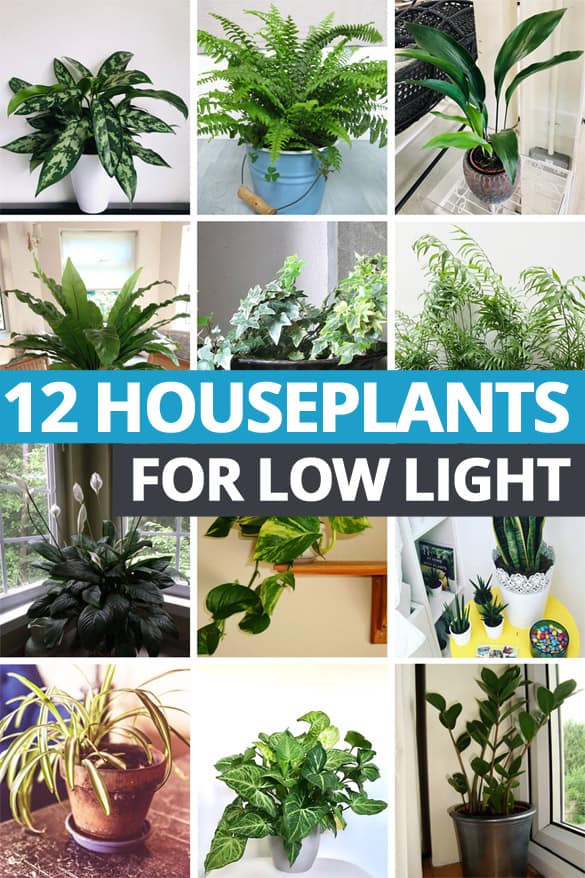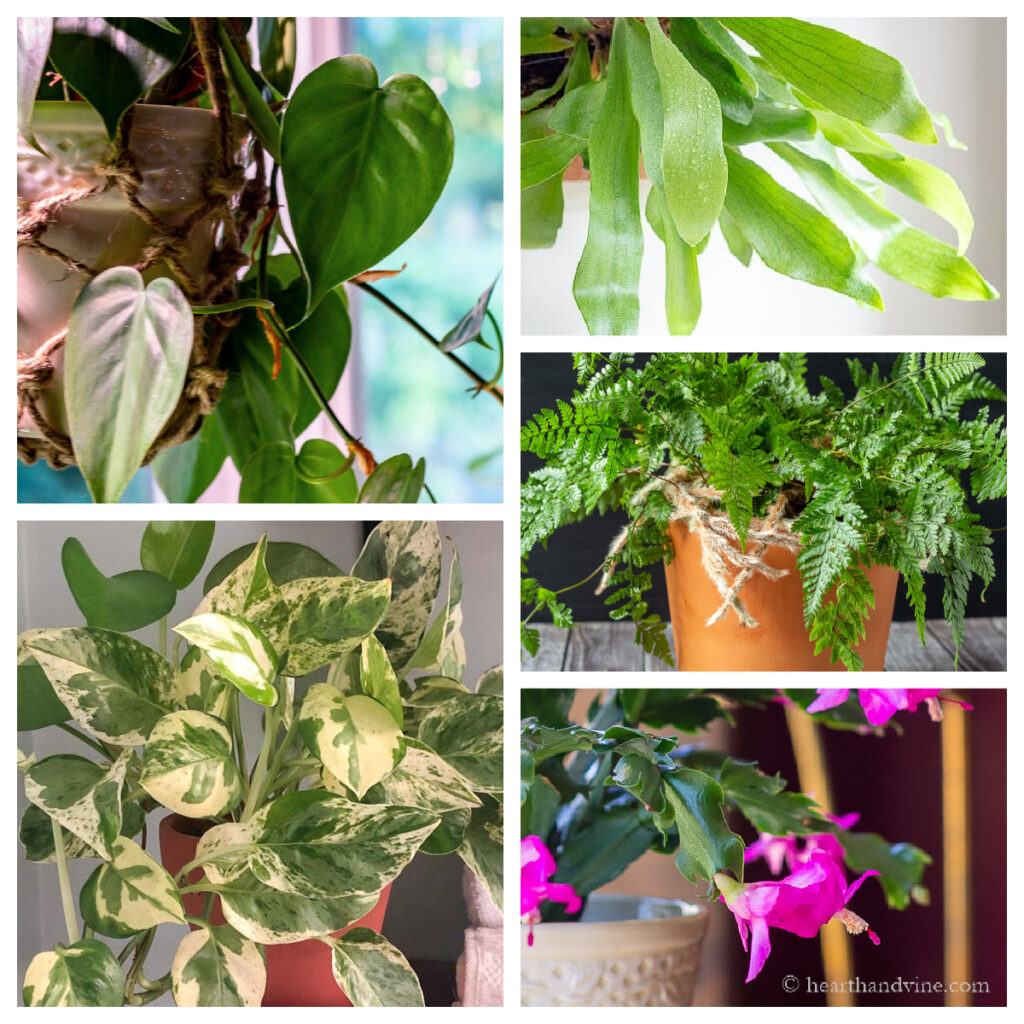Best Low-Light Indoor Plants for Creating a Relaxing and Green Environment
Transform Your Home With Beautiful Low-Light Indoor Plants and Their Benefits
Integrating low-light interior plants right into your home can significantly enhance both the environmental and visual quality of your space. These plants, which thrive in dim conditions, offer not only as attractive components yet additionally as all-natural air cleansers, making them perfect for urban occupants or those with restricted sunlight exposure. As we check out the different types of low-light plants and their advantages, you might discover shocking ways to integrate them into your home that can transform your environments in methods you could not have actually anticipated.
Advantages of Low-Light Plants
Low-light plants provide countless advantages for indoor atmospheres, making them an exceptional choice for both novice and seasoned garden enthusiasts. One of the primary benefits is their versatility to low-light problems, enabling people to boost their living spaces without the need for substantial sunshine exposure. This particular makes them perfect for houses, offices, and various other areas with restricted all-natural light.

Additionally, including low-light plants right into home decor can boost the visual charm of a space. Their lavish foliage and differed textures develop a relaxing atmosphere, contributing to total wellness. Last but not least, the visibility of plant has been connected to lowered anxiety levels and enhanced efficiency, making low-light plants a sensible choice for enhancing both physical and mental health and wellness in indoor settings.
Leading Low-Light Indoor Plants
While lots of indoor plants flourish in intense light, numerous varieties are specifically well-suited for low-light conditions, making them optimal for numerous interior areas. One preferred choice is the Serpent Plant (Sansevieria), known for its striking upright fallen leaves and strength, needing marginal treatment. One more superb option is the Pothos (Epipremnum aureum), which includes heart-shaped fallen leaves and can trail perfectly from hangers or shelves, prospering in reduced light and including a lush touch.
The ZZ Plant (Zamioculcas zamiifolia) is celebrated for its glossy leaves and ability to endure disregard, making it excellent for hectic lifestyles. The Peace Lily (Spathiphyllum) not just endures reduced light however likewise creates sensational white blooms, improving any room's aesthetic.
For an unique touch, take into consideration the Cast Iron Plant (Aspidistra elatior), which without a doubt meets its name, flourishing in the darkest edges of your home. Finally, the Chinese Evergreen (Aglaonema) uses a variety of fallen leave patterns and shades while being extremely flexible in low-light problems. These plants not only improve interior environments however also add to air purification, enhancing your home.
Treatment Tips for Low-Light Plants

Sprinkling techniques are important; these plants frequently prefer slightly completely dry conditions. Overwatering can lead to root rot, so guarantee that the leading inch of dirt is dry before watering once more. Use pots with water drainage openings to allow excess moisture to leave.
Humidity is another important variable. Lots of low-light plants, such as ferns and tranquility lilies, take advantage of higher moisture degrees. To enhance humidity, consider misting the fallen leaves or putting a tray of water near the plants.
Fertilizing needs to be approached with care. During the expanding season, make use visit their website of a thinned down, balanced liquid plant food each month to support growth, but avoid feeding during the dormant cold weather.

Creative Ways to Present Plants
Indoor plants can work as captivating prime focus in any type of space, boosting both visual allure and setting. Imaginative displays can boost the visual influence of low-light plants, making them an important part of your home decoration. One efficient method is to make use of tiered plant stands, which permit you to showcase several plants at varying heights while making best use of floor room.
Hanging planters are one more ingenious option, creating a feeling of deepness and drawing the eye up. Take into consideration macramé wall mounts or wall-mounted shelves to present an unique appearance and style.
For an extra organized method, usage geometric terrariums or glass containers to house your plants, adding a contemporary touch to your interior garden. You can additionally repurpose vintage products, such as teacups or wooden pet crates, for a diverse display screen that reflects your individuality.
Enhancing Home Ambiance With Plants
Incorporating low-light plants right into your home not only enhances visual charm yet likewise contributes significantly to the general atmosphere. These plants work as natural design elements, introducing a feeling of tranquility that can change any kind of space. The existence of plant cultivates a relaxing environment, which is specifically beneficial in high-stress environments such as office or living spaces.
Low-light plants, such as serpent plants, pothos, and ZZ plants, are not just visually pleasing but additionally boost indoor air quality by filtering system toxins. This twin feature enhances the atmosphere further, creating a healthier living room (Best low-light indoor plants). The strategic placement of these plants can also affect the understanding of space; for example, tall plants can draw the eye upwards, making ceilings appear higher and spaces more large
Furthermore, varying structures and colors of vegetation add depth to interior decoration, permitting imaginative expression in home designing. Whether placed on racks, in edges, or as focal points, low-light plants can boost the mood of any type of area. In summary, incorporating these plants right into your home is an effective method to foster a warm, inviting ambience while gaining the benefits of enhanced air high quality and aesthetic flexibility.
Conclusion
Integrating low-light interior plants into home environments uses various benefits, consisting of boosted aesthetic charm and improved air top quality. These durable plants, such as the Serpent Plant and Tranquility Lily, call for minimal light and maintenance, making them appropriate for diverse way of livings. Their ability to filter contaminants adds to a much healthier home, while their different appearances and colors enhance interior decoration (Best low-light indoor plants). Eventually, the inclusion of low-light plants promotes a tranquil and inviting ambiance, transforming any type of home right into a tranquil oasis.
While many interior plants prosper in bright see this page light, several species are particularly appropriate for low-light problems, making them excellent for numerous indoor spaces. One efficient approach is to utilize tiered plant stands, which enable you to showcase several plants at differing elevations while making the most of This Site flooring room.
Low-light plants, such as serpent plants, pothos, and ZZ plants, are not only aesthetically pleasing yet likewise enhance interior air high quality by filtering system contaminants. Best low-light indoor plants. The calculated placement of these plants can likewise affect the assumption of room; for instance, tall plants can attract the eye upward, making ceilings show up higher and spaces much more spacious
These resistant plants, such as the Serpent Plant and Tranquility Lily, need marginal light and upkeep, making them ideal for diverse way of lives.